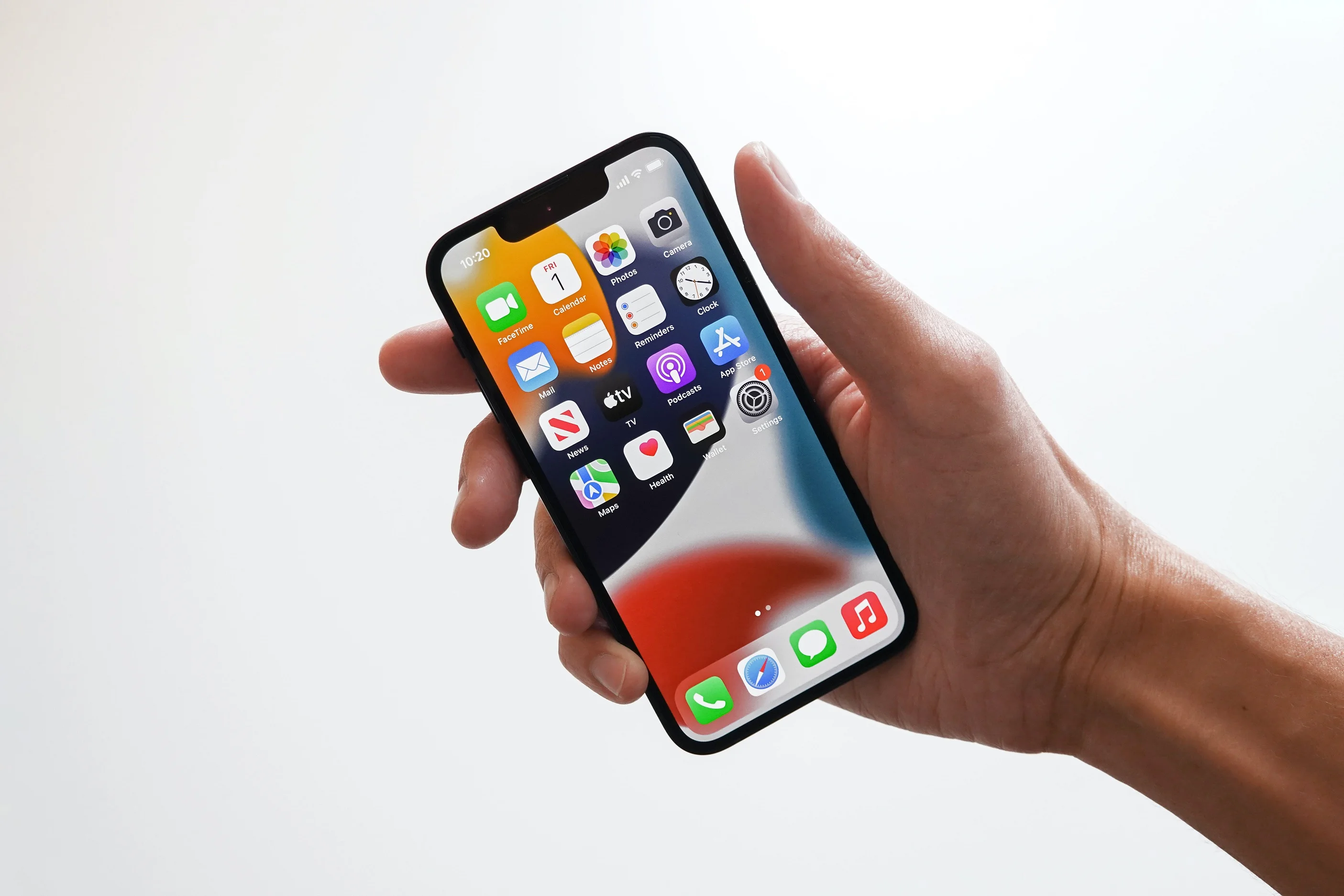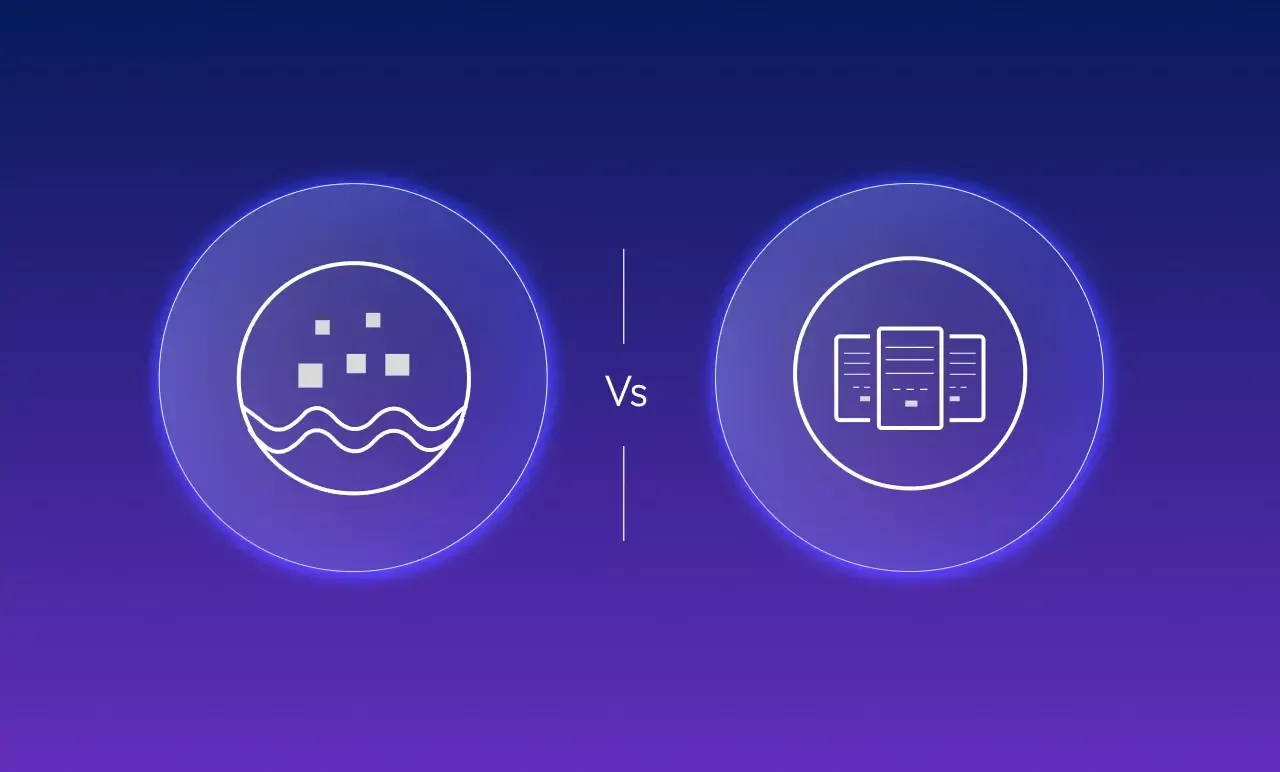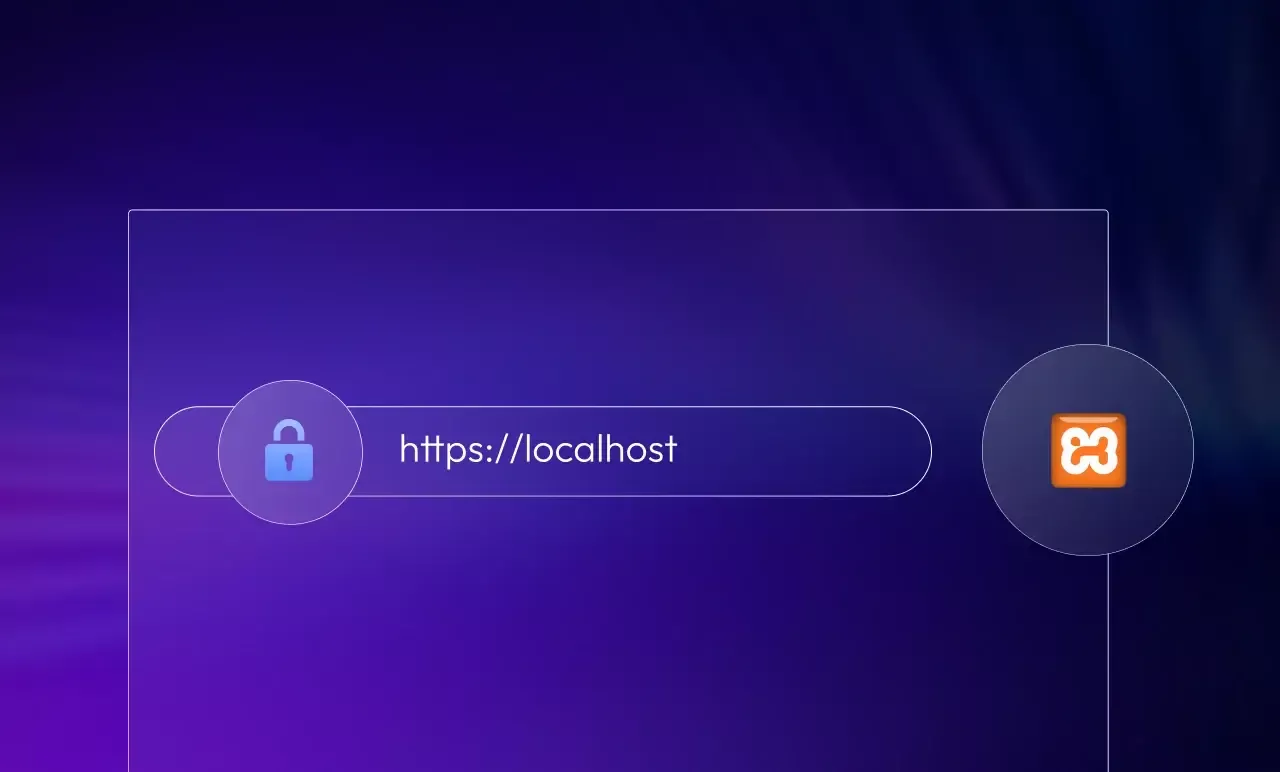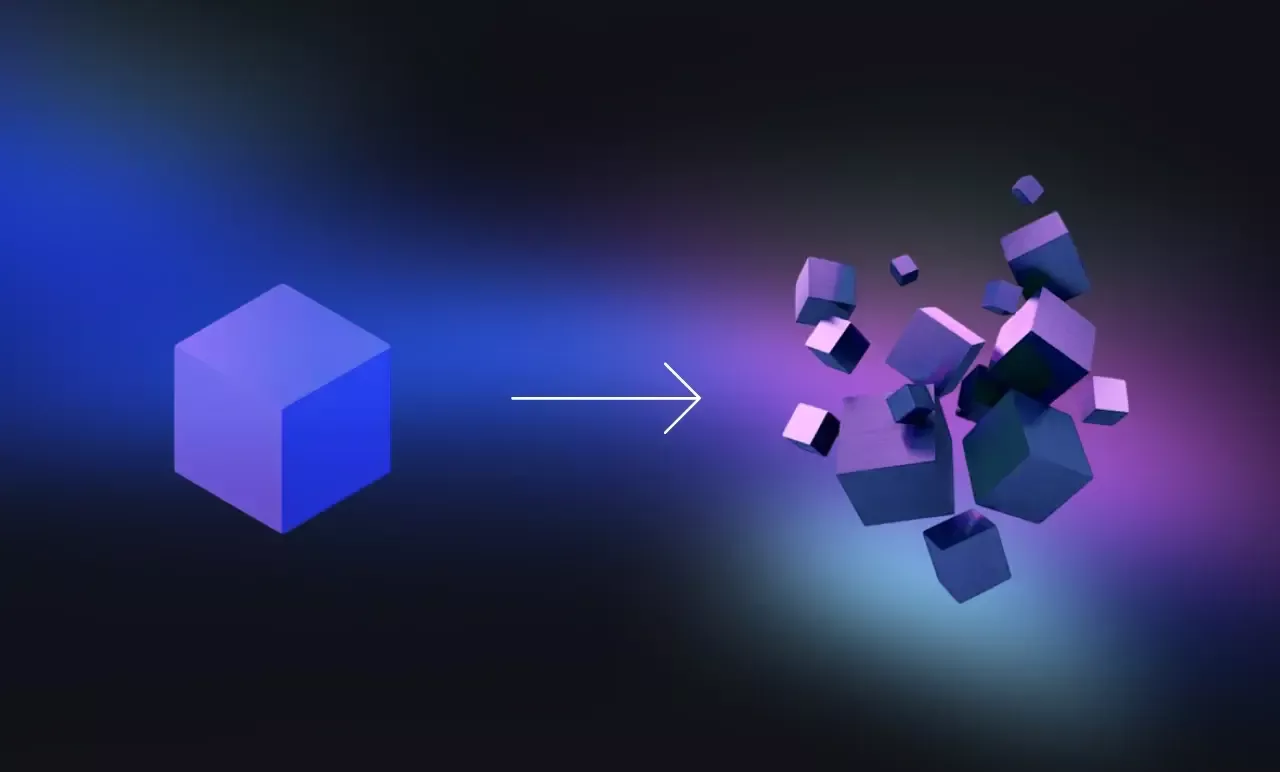Data Storage Decoded: Data Warehouse vs Data Lake Explained
5 major differences between Android and iOS App development
Mobile Application Software is a significant investment. If you have an idea that might get smartphone users hooked to your App, for all the good reasons, you will be making Millions! The Mobile Application Market has grown from USD 154.05 billion in 2019 to USD 170.52 billion in 2020 and is expected to reach USD 366.34 billion by 2027.
But the one thing that becomes the cause of confusion while looking into Application Development is which platform App Engineers should go with. The presence of two smartphone operating systems - Apple's iOS and Google's Android, makes choosing one a difficult crossroad. There are several advantages and drawbacks associated with both platforms. So before investing your money in the next Revolutionizing Application Software, you might want to choose a firm base for its operation.

Here are 5 major differences between iOS and Android App development
1. Target Audience- iOS devices are known for their high price value and an overall excellent performance statistic, which inclines the customers' loyalty. On the other hand, Android devices are comparatively cheaper. Hence, an extensive User pool is created, but there are more factors that one must consider while choosing a particular platform.
In the plain picture, Android users dominate the iOS users in matters of numbers.
While IOS users only take up about 16% of the World's Population, Android users surpass them by 80%. This statistic might support Android users' predominance, but when looking at the data of people who own an iOS device, they have a higher range of income and spend more time on the phone. As a result, these people are more likely to pay for your application services.
In terms of User reach - Android dominates the market.
But in terms of profit, The Apple App Store has a larger market. "As of 2019, the Apple App Store has earned $155 billion in revenue for its app developers since the store launched in 2008. By comparison, in 2019, Android developers have only earned $80 billion since launch."- Mooc.org
While choosing a platform one should analyze two questions:
Which audience is the App more specified to? And How are you planning to regain profit via your Application?
Cross- Platform Apps - If you are opting for a greater reach, there is another way in which your application will be launched on both of the platforms, aiming for maximum User exposure. Cross-Platform Apps are cheaper than native apps, and they function with better speed and reusable codes. Still, on the other side, they are limited in flexibility and are complicated to process and maintain.
2. Programming Language - While analyzing differences between Android Apps and iOS Apps, the most distinctive difference is the usage of different Programming Languages. Android Apps are created via Java or Kotlin programming languages which are more elaborative and complicated, While iOS Apps require the Swift programming language for their development.
Swift- Requires lesser inscription of Codes; hence the Coding process is faster and easier. It also allows high-interaction interfaces.
Java- Java can develop your Application as a cross-platform app, as it enables you to conduct web development, server work, and mobile app development, all in a single place.
3. Development Tools - There are specific development tools for Android and iOS Apps. Android Apps have been created through Android Studio, the primary IDE (Integrated Development Environment) for native Android application development, since 2014. The free software launched by Google functions as an intelligent code editor and encompasses the features of Code templates and GitHub integration, multi-screen app development, etc. IOS Apps are crafted through- Xcode, the center of the Apple development experience, released in 2003 by Apple. The Xcode includes Command Line Tools (CLT), which allow UNIX-style development through the Terminal app in macOS. The program tools operate on particular programming languages; for example, one can only use Swift Programming language in Xcode.
4. Design - Android App designs are guided by 'Material Design' on the other hand iOS Apps are built under 'Human Interface Guidelines. The distinctiveness of Designs between Android Apps and iOS Apps can be easily figured out.
IOS Apps are more packed with content than the designs, and thus the App layouts are straightforward with broad white spaces in use. In addition, UI designers focus on shadows and gradients and amplify the depth of the Application Design. Android Apps are packed with more colours and designs that reflect the Real-world. Colours and Motion are the defining factors for Android Apps.

Here are some differences between Android App and iOS App designs
Navigation bar placement - In Android Apps, the navigation bar is placed in the left portion, while in iOS Apps, it is centrally aligned.
Device fragmentation - Multiple Android OS versions make it difficult to design an Android App. A series of different screen sizes and layout proportions and buffering app interfaces on low version Android devices make it a complicated designing process.
Widgets - Widgets are graphical user elements that display pieces of information and engage in user interaction. These Widgets are extensively supported by Android Apps, while on the other aspect, iOS Apps are still getting a hold of Widgets in their interface.
5. Cost and Profit strategies - Even though it seems costly, one can do App Development on both Android and iOS platforms for free. The free tools given by Apple and Google can craft an excellent Application. But when you seek professional services and perfection, your budget can rise. The creation of an Application may or may not include financial outputs, but the actual expenditure begins when you launch your App in the market. iOS apps require a deposit of $100 per year with higher enterprise prices, while Google Play Store demands a one-time fee of $25. The acceptance procedure of Applications in the iOS market is also very lengthy and requires a longer time as compared to that with the Android Applications. The Apple experts conduct detailed tests and elaborately analyze iOS Applications. On the other hand, Android Applications easily get through the market tests, but they suffer in their service qualities.
The Profit Strategies are also different in both cases. Android Applications gain profit through Ads mostly, while the iOS Applications ignore them to ensure users' convenience. The in-app purchases are more significant in Android Apps, but the transaction cost is higher in the case of iOS Apps. The primary strategy for gaining investment returns in the case of IOS apps is Paid applications. 11% of iOS gaming Apps include payments, while the percentage falls to 7% in the case of Android gaming Apps.
In a nutshell, While Android Applications dominate the numerics, iOS Applications generate more profit. Want to learn about Mobile App development in detail? Contact us for a FREE consultation today!
Email us or Talk to us at +91-98367-81929 or Simply Contact Us through the website.
Let's Connect











